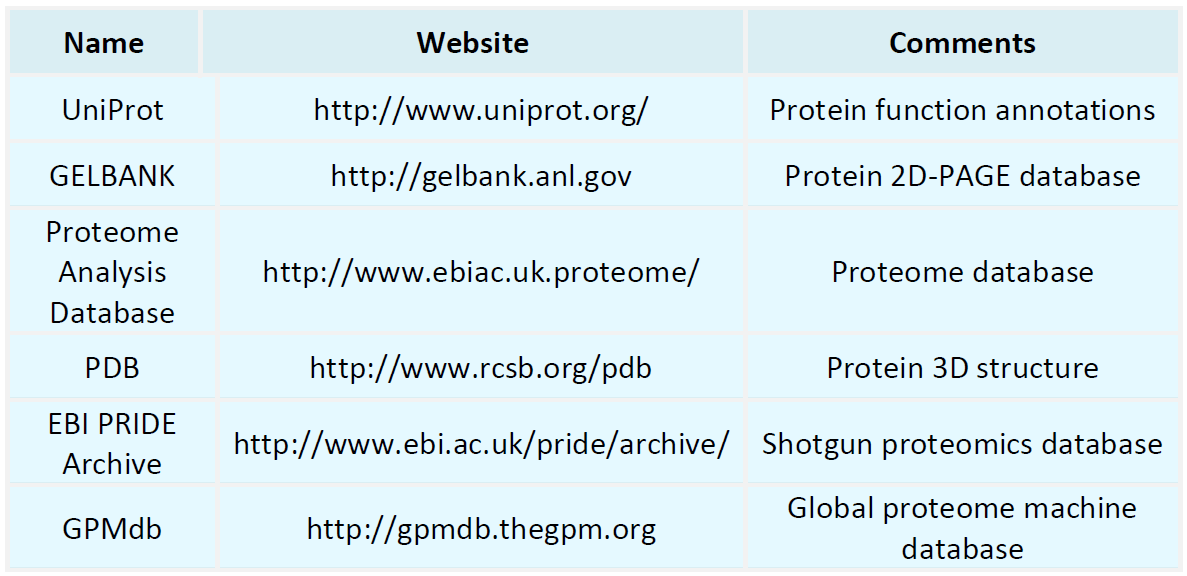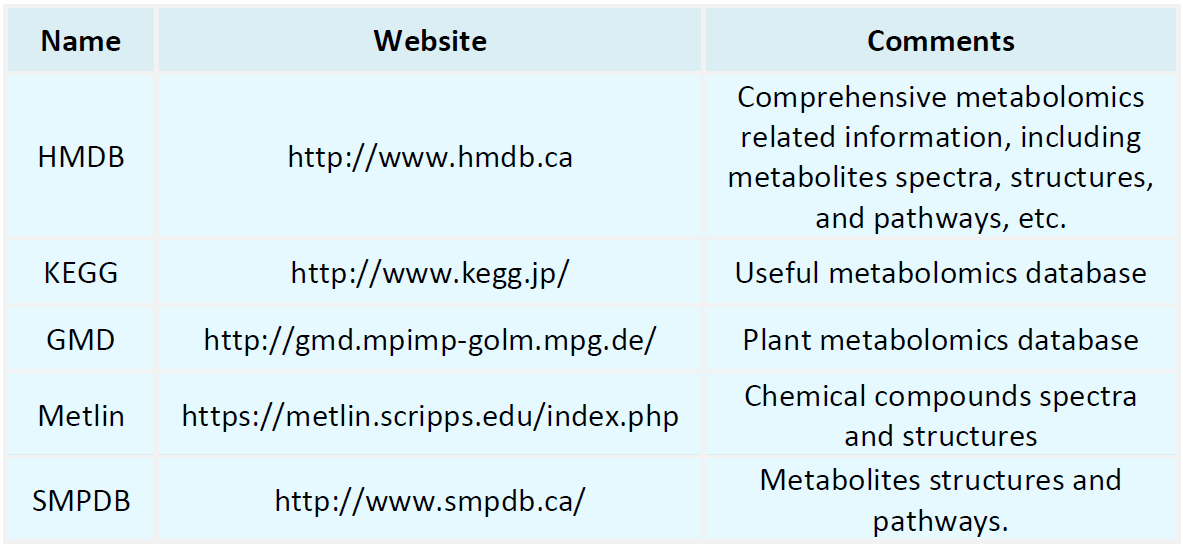Resources
Proteomics Databases

Metabolomics Databases

-
• Top 5 Advantages of Tandem Mass Spectrometry in Peptide Sequence Analysis
In proteomics and structural biology, peptide sequence analysis serves as a foundational step for elucidating protein function, characterizing post-translational modifications (PTMs), and understanding their biological implications. Tandem mass spectrometry (MS/MS), renowned for its high-resolution structural elucidation and broad applicability, has become a widely adopted approach for peptide analysis. This article outlines the five key advantages of MS/MS in peptide sequencing, explores extended app......
-
• Comprehensive Overview of Antibody Sequencing: From Peptide Identification to Full-Length Assembly
Antibody sequencing is a critical technique for determining the amino acid sequence of antibodies. It is extensively applied in antibody drug development, functional engineering, structural modeling, and intellectual property protection. Centered around high-resolution mass spectrometry, this approach reconstructs complete sequences of antibody light chains (LC) and heavy chains (HC) through enzymatic digestion and data-driven assembly. This article systematically outlines the core workflow, essential......
-
High-throughput protein–protein interaction (PPI) detection represents a crucial approach for systematically elucidating cellular signaling pathways, deciphering protein functions, and understanding the architecture of biological networks. Among various PPI detection methods, Affinity Purification–Mass Spectrometry (AP-MS) is widely recognized as one of the most reliable and physiologically relevant techniques. It has been extensively applied across multiple biological systems, including mammalian cel......
-
• How to Perform High-Sensitivity Membrane Protein Identification via Mass Spectrometry?
Membrane proteins constitute approximately 30% of the cellular proteome but account for more than 60% of all known drug targets. Members of this family include G protein–coupled receptors (GPCRs), ion channels, and receptor tyrosine kinases. Despite their biological importance, membrane proteins remain among the most challenging targets in proteomic research. Typically, membrane proteins exhibit the following characteristics: They contain highly hydrophobic transmembrane domains. Their cellular abund......
-
• Common Mistakes in Peptide Sequencing and Their Solutions
Peptide sequencing plays a critical role in proteomics research, with widespread applications in protein identification, post-translational modification (PTM) localization, and quantitative analysis. Despite ongoing advancements in mass spectrometry (MS) platforms and computational algorithms, researchers continue to encounter various challenges throughout experimental workflows. This article systematically outlines common pitfalls in peptide sequencing and offers practical, actionable strategies for ......
-
• Advantages and Limitations of MS/MS Peptide Sequencing
Peptide sequencing is a fundamental analytical technique used to determine the amino acid sequence (primary structure) of peptides and identify potential post-translational modifications (PTMs). This approach enables researchers to elucidate peptide sequences, localize PTMs, and investigate mechanisms of protein regulation. Tandem mass spectrometry (MS/MS), by selectively fragmenting precursor ions, provides detailed information on amino acid sequences, localizes PTMs, and differentiates isomeric pept......
-
• From Failure to Precision: Common Challenges and Optimization Strategies in Peptide Sequencing
Peptide sequencing, utilizing high-resolution mass spectrometry combined with bioinformatic analysis, allows researchers to elucidate amino acid sequences, characterize post-translational modifications (PTMs), and monitor dynamic proteomic changes. As a pivotal technique in proteomics, it has extensive applications in protein identification, PTM profiling, neoantigen discovery, and drug development. However, suboptimal or failed results are frequently encountered due to variables such as sample integr......
-
• Advantages and Disadvantages of Shotgun Proteomics
Shotgun proteomics represents a widely adopted strategy for comprehensive proteome identification in life science research. By enzymatically digesting all proteins within a sample into peptides and leveraging liquid chromatography coupled with high-resolution mass spectrometry, this approach enables systematic detection and quantification of proteins in complex biological matrices. This review aims to systematically evaluate the principal strengths and inherent limitations of shotgun proteomics to ass......
-
• Comprehensive Disulfide Bond Analysis in Antibody Therapeutics
Immunoglobulins (Ig), commonly referred to as antibodies, are a class of highly complex glycoproteins composed of two heavy chains and two light chains. Their structural stability is governed not only by non-covalent interactions but more critically by covalent disulfide bonds. These disulfide linkages can be classified as intrachain or interchain and are essential for preserving the antibody’s native three-dimensional conformation, structural integrity, and biological activity. In therapeutic monoclo......
-
• The Pivotal Role of Glycosylation Profiling in Drug Development
Glycosylation, one of the most prevalent and complex post-translational modifications of proteins, plays a vital role in determining the structure and function of biological macromolecules. In recent years, the large-scale development of biotherapeutics, such as monoclonal antibodies and recombinant protein drugs, has highlighted the strategic importance of glycosylation profiling throughout the drug development process. Glycosylation Influences Drug Efficacy, Safety, and Stability Even subtle variat......
How to order?







